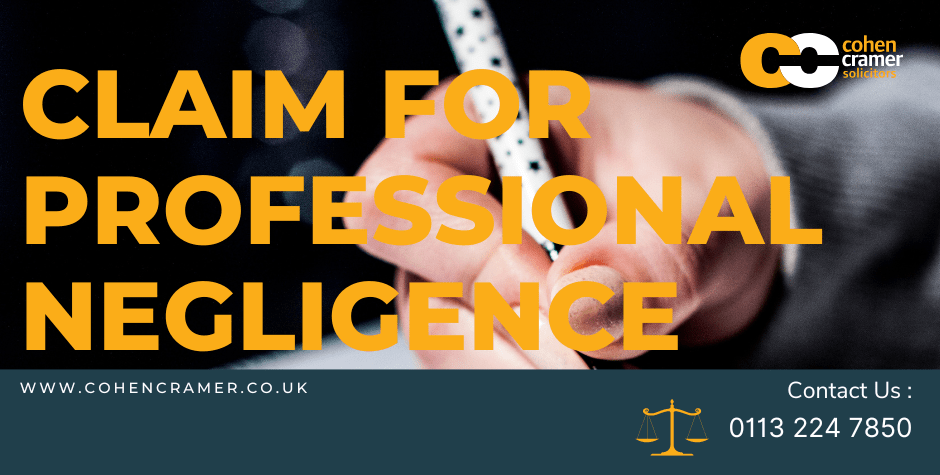Statutory Limitation in Personal Injury Sexual Assault Cases. In the pursuit of justice for victims of sexual assault, legal frameworks play a crucial role. However, statutory limitations often stand as barriers, restricting the timeframe within which survivors can seek legal recourse. In the UK, these limitations have long been a point of contention, particularly in cases of sexual assault. Statutory Limitation can be complex in personal injury cases within the UK legal system however in some situations they can be disapplied to sexual assault cases to ensure justice is served.
Understanding Statutory Limitations
Statutory limitations, also known as limitation periods, are legal timeframes within which legal action must be initiated. In personal injury cases, including those of sexual assault. In the UK, the Limitation Act 1980 sets out the general rules for time limits in civil cases, including personal injury claims. Generally speaking any claim must be brought within 3 years of the wrongful act (or from the date of knowledge). As such any victim of a sexual assault should bring legal action for personal injury within this short time frame.
Challenges in Sexual Assault Cases
Sexual assault cases present unique challenges compared to other personal injury cases. Survivors often face significant emotional trauma, shame, fear, and societal stigma, which may deter them from reporting the assault immediately or seeking legal redress within the prescribed timeframe. Additionally, in cases of sexual assault, evidence collection and disclosure may be more complex, further delaying the legal process.
Recognising the distinct nature of sexual assault cases, there have been calls for the disapplication of statutory limitations in such instances. Disapplying limitations means that survivors of sexual assault would not be restricted by time constraints when seeking legal action against their perpetrators. This approach acknowledges the complexities involved in reporting and recovering from sexual violence and aims to prioritise the interests of survivors.
There are several compelling reasons as to why the disapplication of statutory limitations should be allowed in sexual assault cases:
Trauma and Delayed Disclosure: Survivors of sexual assault may require significant time to process their trauma and muster the courage to come forward. Imposing time limits can unjustly penalise survivors who are unable to report the assault within the prescribed timeframe due to the psychological impact of the experience.
Power Dynamics and Coercion.
Perpetrators of sexual assault often exploit power differentials and exert coercion over their victims, leading to delayed reporting or reluctance to seek legal recourse. Disapplying limitations acknowledges the inherent power dynamics in sexual violence and empowers survivors to seek justice at their own pace.
Societal Attitudes and Stigma: Societal attitudes towards sexual assault survivors, including victim-blaming and disbelief, can further deter individuals from coming forward within the statutory timeframe. Disapplying limitations sends a clear message that survivors will be supported and that their experiences are valid regardless of when they choose to disclose.
Disapplying Limitation
Unfortunately, within the current legal framework certain hurdles have to be overcome to be able to escape the 3-year time frame in personal injury cases. The court does have discretion in personal injury cases to disapply the limitation period. The court will only allow this to occur where it is equitable to do so and after taking into consideration whether disapplying the 3 year time frame would prejudice the Claimant and Defendant.
The Court will consider the full circumstances and will pay particular attention to:
- The length and reasons for the delay.
- The effect of the delay on any evidence.
- The conduct of the alleged perpetrator/Defendant after the assault occurred.
- The duration of any disability of the Claimant following the assault.
- The extent to which the Claimant acted promptly once they knew they had a potential claim against the perpetrator/Defendant.
Any steps taken by the Claimant to obtain legal and/or medical advice or evidence.
Every case will be considered on its own facts and merits and therefore there are no guarantees that a claim will be able to proceed after the limitation period. However with the right legal guidance a case can be made to persuade the court that disapplication is in the interests of justice and a claim being brought out of time should be allowed to proceed.
In the pursuit of justice for survivors of sexual assault, the disapplication of statutory limitations in personal injury cases is a necessary step. By recognising the unique challenges faced by survivors and prioritising their interests, the legal system can ensure that perpetrators are held accountable for their actions, irrespective of the passage of time. We have a fair way to go yet to reform the Limitation Act and the restrictions applied in the UK, however, with the right legal advice, there are steps to be taken to overcome these strict time frames.
How We Can Help With Your Claim for Rape and Sexual Assault
To see how we can help get in touch today:
- call us now on 0113 224 7804
- email us at enquiry@cohencramerpi.co.uk
- complete the contact form at the bottom of this page
- book a call back at your convenience
For the Quality Legal Service You Deserve.
Kelly Prydderch – March 2024












